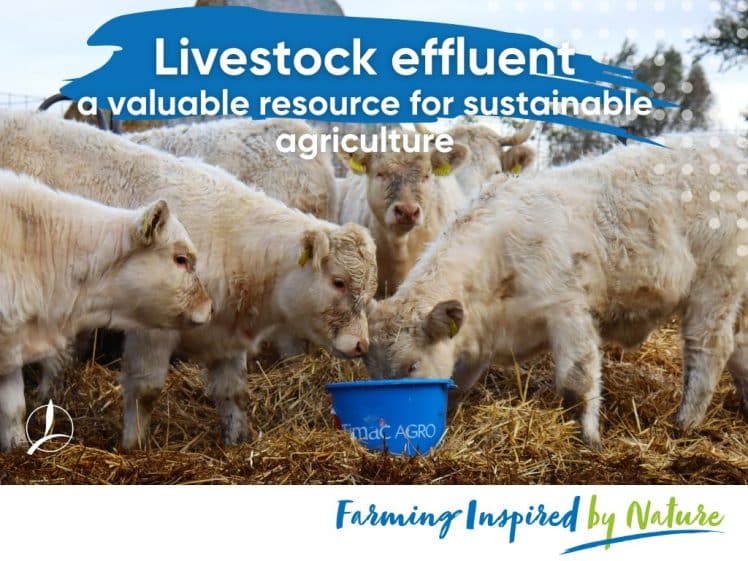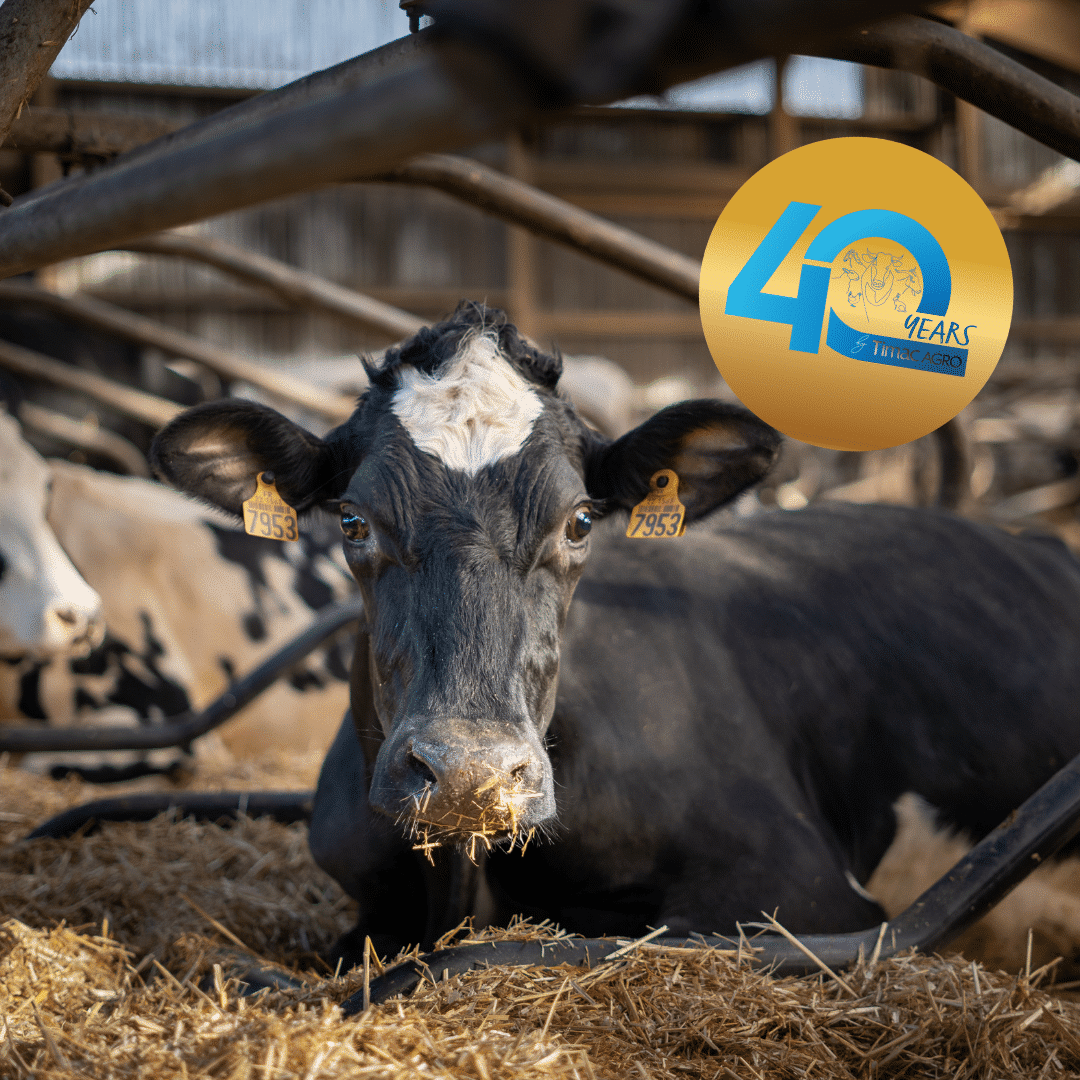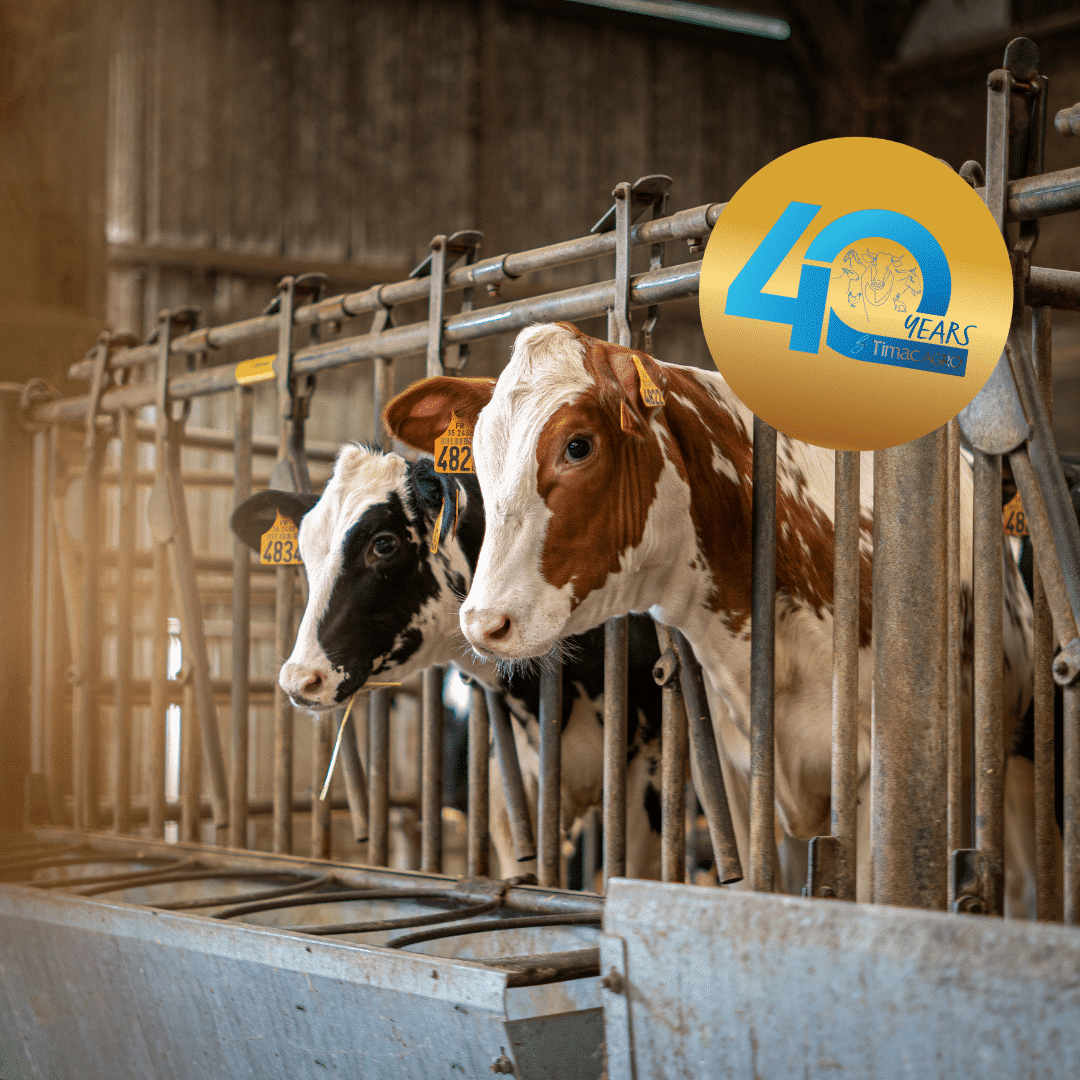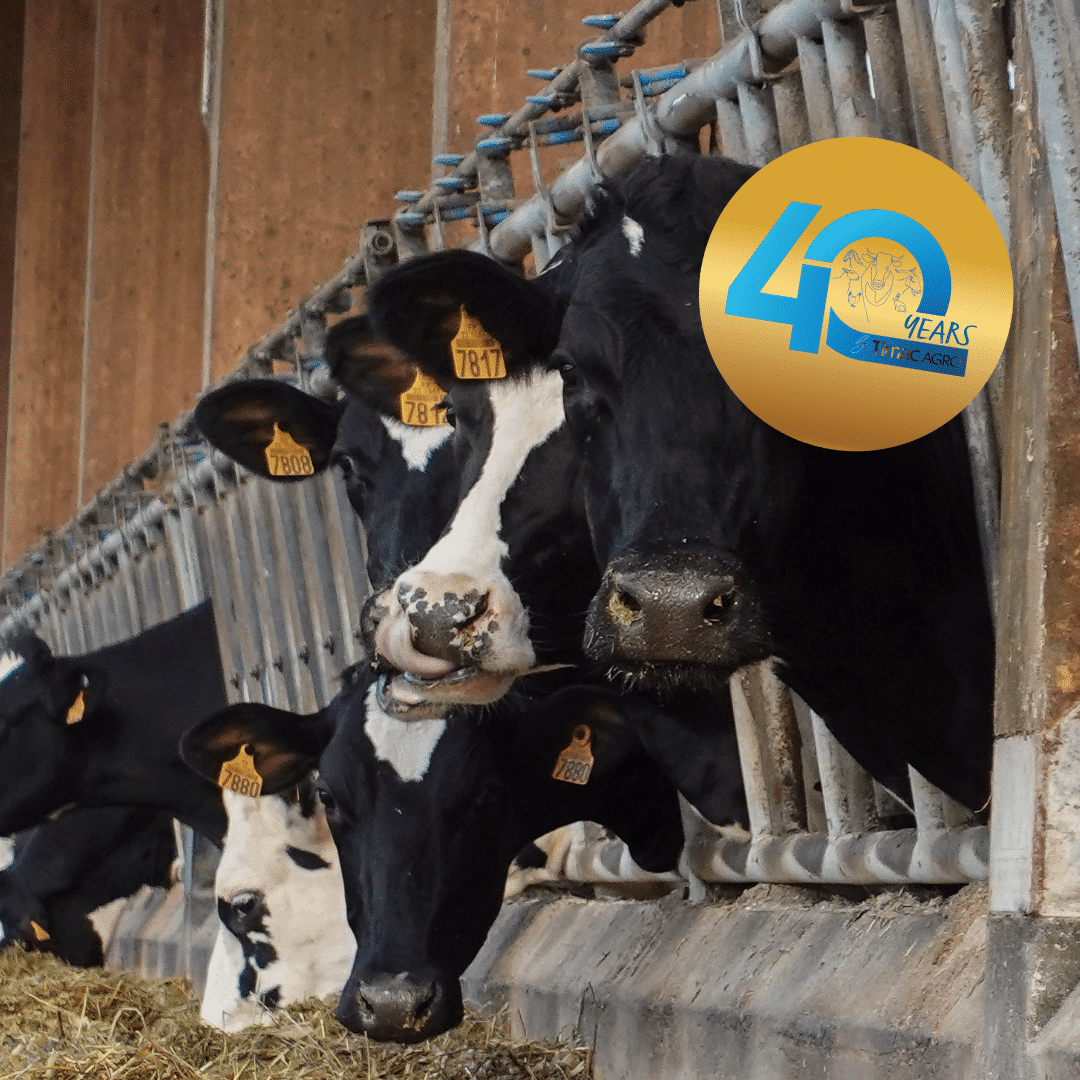Restoring value to effluents: an approach at the heart of livestock farming
Livestock effluents, manure, slurry and droppings are much more than just waste: they are a strategic link in livestock management. Processing and recycling it sensibly at the farm level not only reduces environmental impacts, but also improves farming conditions, optimises nutrient recycling and makes production systems more self-sufficient.
Producing high-quality effluents: an approach that starts in the building
The nature and quantity of effluents produced depend directly on the type of livestock, the housing system (litter-based housing, cubicles, cages, etc.), the animals‘ diet and water management. Optimised management from the production stage, through well-maintained bedding, reduced volumes of contaminated water and solid/liquid separation, facilitates storage and subsequent treatment.
Storage and treatment: key steps in controlling flows
Appropriate storage is essential to prevent nutrient losses, particularly nitrogen through volatilisation, and to comply with regulatory requirements. Storage capacity must be tailored to herd size, the required storage period and the spreading schedule. Treatment may include phase separation, hygienisation or composting, depending on the farmer’s objectives (volume reduction, ease of spreading, production of a valuable soil improver).

Composting in livestock farming: a controlled recovery tool
On livestock farms that produce manure, composting is a simple and effective technique for stabilising organic matter, limiting odours, reducing the pathogen load and producing high-quality compost. Carried out on the farm itself, it is based on a balance between carbonaceous materials (straw, wood chips) and nitrogenous materials (manure), good aeration and temperature monitoring.
A key factor in ensuring good decomposition is maintaining a carbon/nitrogen (C/N) ratio of between 12 and 13. This ratio expresses the balance between sources of carbon (energy for microorganisms) and nitrogen (necessary for their growth). Too high a ratio slows down degradation (excess carbon), while too low a ratio causes nitrogen losses in gaseous form (ammonia) and odours. A good balance allows for efficient temperature rise, rapid decomposition and the production of stable, mature compost rich in humus.
Integrating effluents into the overall livestock farming strategy
Rigorous effluent management helps to control fertilisation costs, promote the local use of manure and reduce external inputs. But it also has an impact on animal welfare (reduced humidity in buildings, improved atmosphere), biosecurity (better management of pests and pathogens) and the image of livestock farming. This requires careful planning that is integrated into the organisation of work.
An opportunity for more autonomous and resilient livestock farms
Rather than being seen as a constraint, effluents should be considered a lever for sustainability. Their proper management, from production to recovery, is part of an agroecological approach. By strengthening internal farm cycles, it enables farmers to gain autonomy, efficiency and social acceptability.




